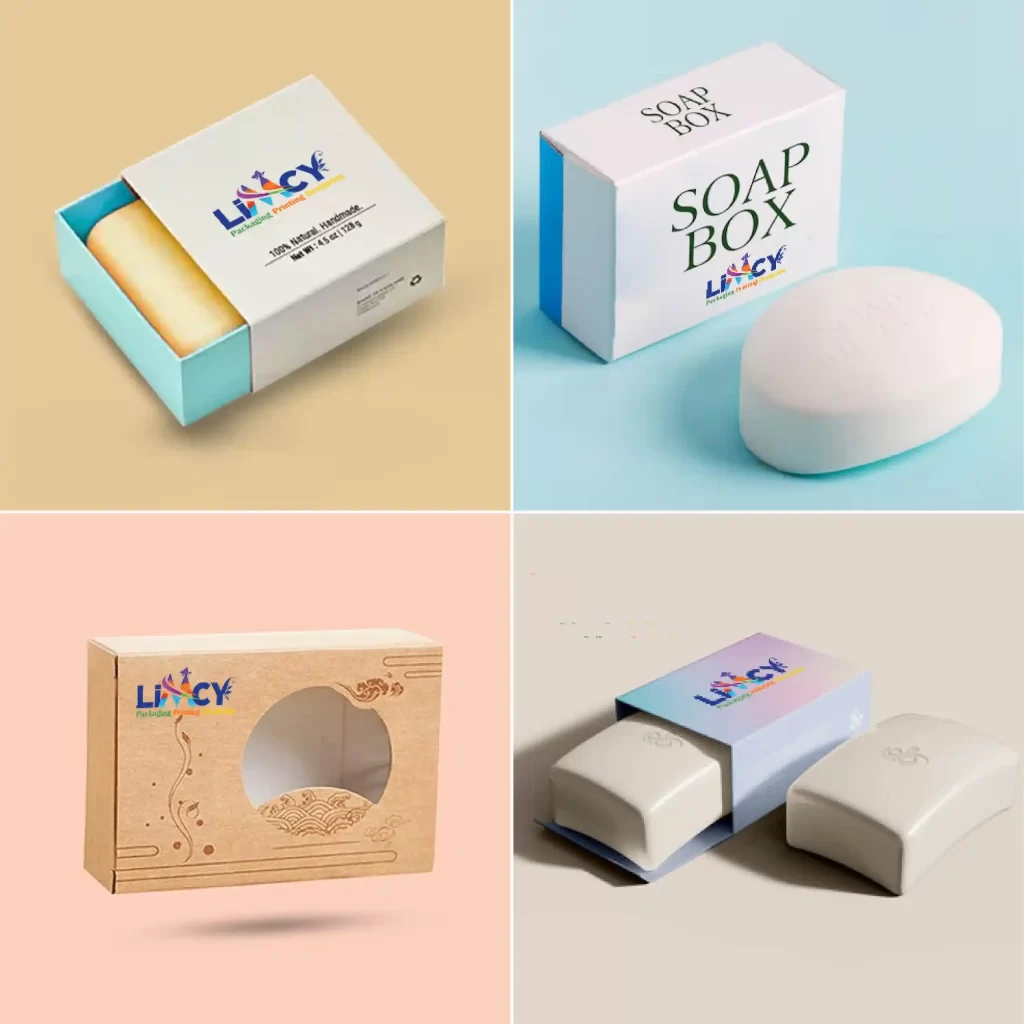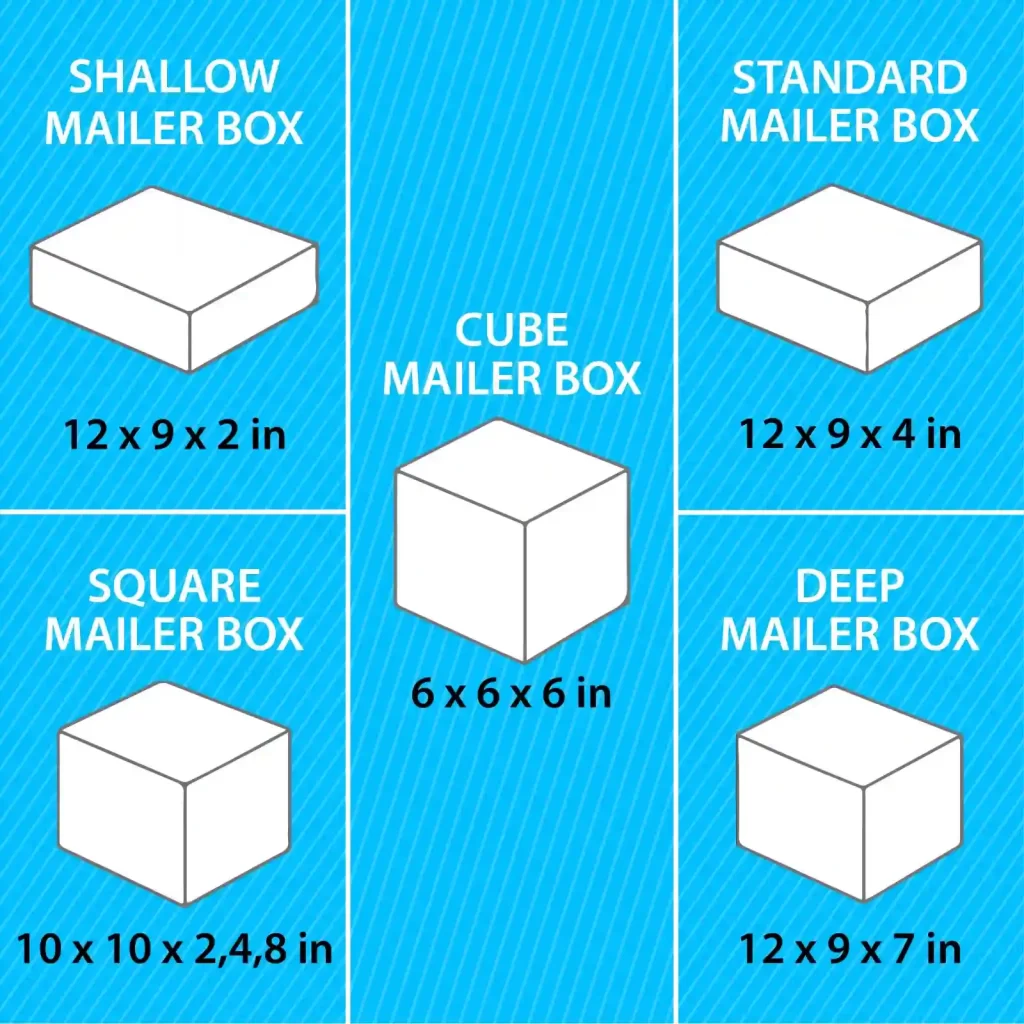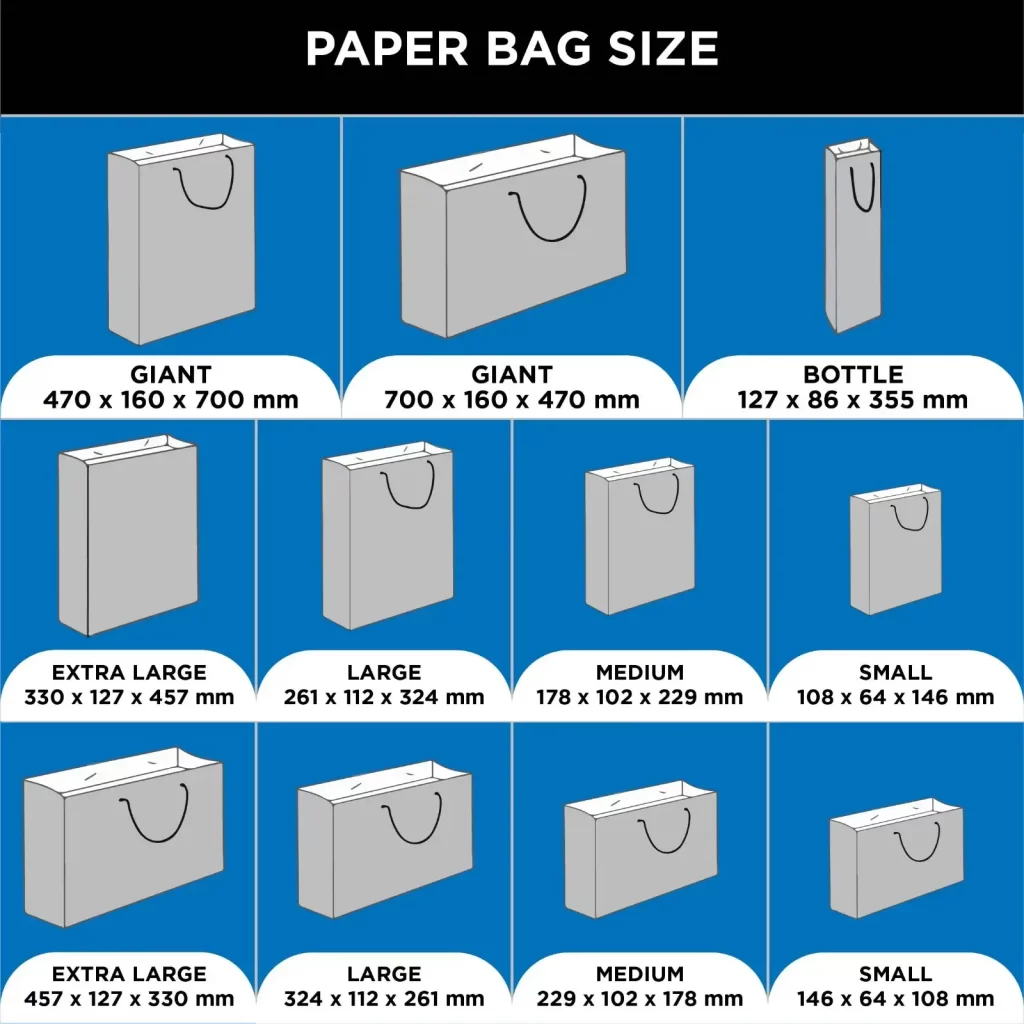Introduction
Walking down a store aisle filled with soap products, it’s often the soap box design that catches your eye before anything else. A beautifully designed soap box doesn’t just protect the soap; it tells a story, reflects your brand’s values, and builds an emotional connection with your customers. Whether you’re a boutique soap maker or a large manufacturer, investing in thoughtful soap box designs is essential for building brand recognition and driving sales.
The Importance of Soap Box Design
Brand Identity Representation
Your soap box is your brand’s handshake. Through design elements like colors, fonts, and textures, it communicates your message instantly. Natural and earthy tones may speak of sustainability, while sleek holographic finishes suggest sophistication and innovation.
Customer Attraction
In competitive markets, customers make buying decisions in seconds. A striking soap box with creative visuals, elegant structure, or unique textures can make your brand stand out instantly.
Product Protection
A soap box must not only look good but also protect the soap from damage, moisture, and contamination. A sturdy design ensures the product remains intact from production to the customer’s hands.
Sustainability Message
Eco-friendly packaging has become a must. Using biodegradable or recyclable materials like kraft paper or recycled cardboard shows that your brand cares for the planet and appeals to conscious consumers.
Key Elements of Effective Soap Box Design
Visual Appeal
Use color and imagery strategically to evoke emotion. For example, green tones suggest natural ingredients, while metallic hues like silver or holographic finishes convey luxury.
Informative Layout
Include essential product information — ingredients, fragrance, certifications, and usage instructions — in a clear and attractive layout.
Unique Shape and Structure
Move beyond standard rectangles. Modern brands use creative die-cut windows, slide-out drawers, or embossed textures to create memorable unboxing moments.
Brand Storytelling
Every box should tell a story — maybe about handcrafted care, sustainability, or innovation. Your packaging is an opportunity to communicate your mission visually and emotionally.
Understanding Soap Box Sizes
Soap boxes come in a range of dimensions to accommodate different product types. Here’s a breakdown based on standard size categories:
| Category | Dimensions (L x W x H) |
| Small | 2.5” x 1.5” x 0.75” |
| Medium | 3.5” x 2.5” x 1” |
| Large | 4.5” x 3” x 1.25” |
| Extra large | 5.5” x 4” x 1.5” |
| Average | 3.75” x 2.75” x 1.25” |
| Jumbo soap | 6” x 4.5” x 2” |
| Family size | 6.5” x 5” x 2” |
Choosing the right size ensures your soap fits snugly, maintaining both aesthetic and protective qualities.
Popular Soap Box Materials
Kraft Paper Soap Boxes
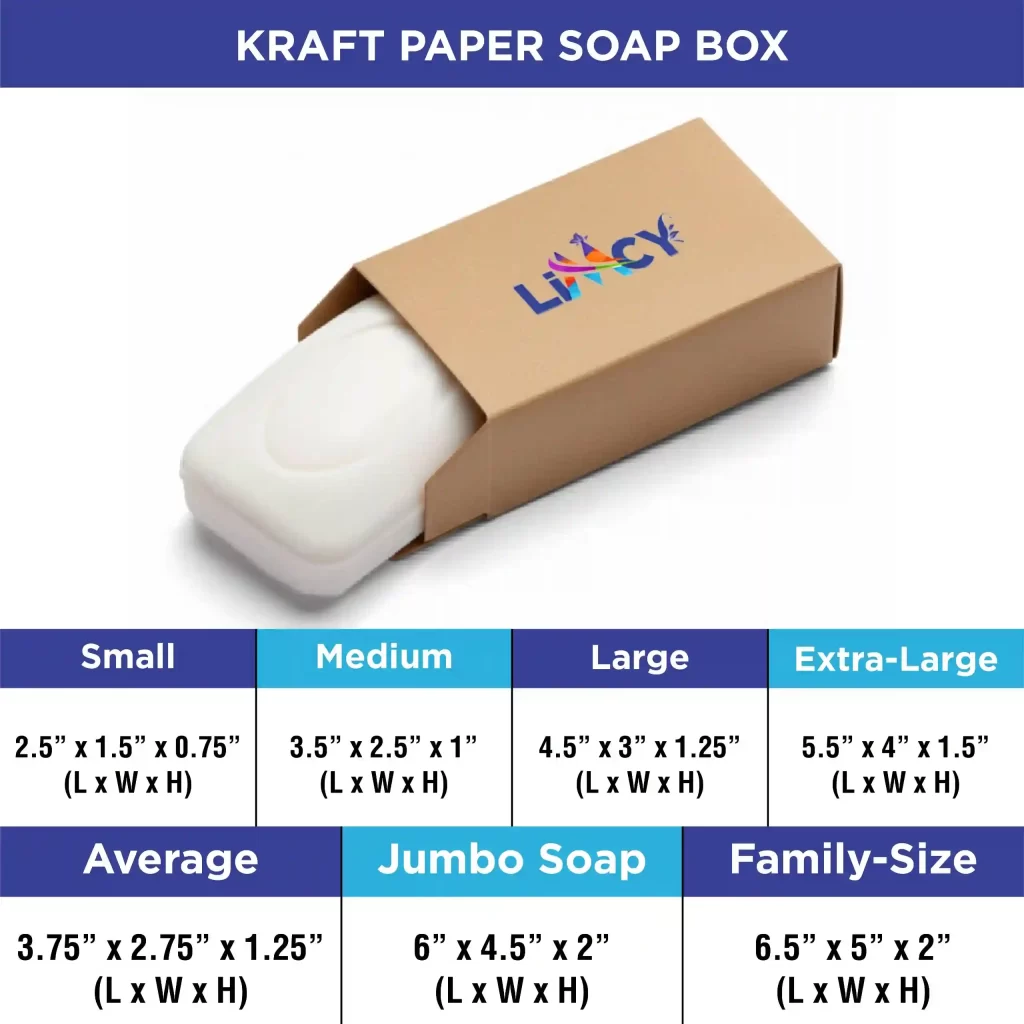
Kraft paper boxes are made from natural, biodegradable fibers, giving them a rustic and eco-friendly vibe. They’re perfect for handmade or organic soap brands that value sustainability. Their brown, earthy texture exudes authenticity and simplicity.
Cardboard Soap Boxes
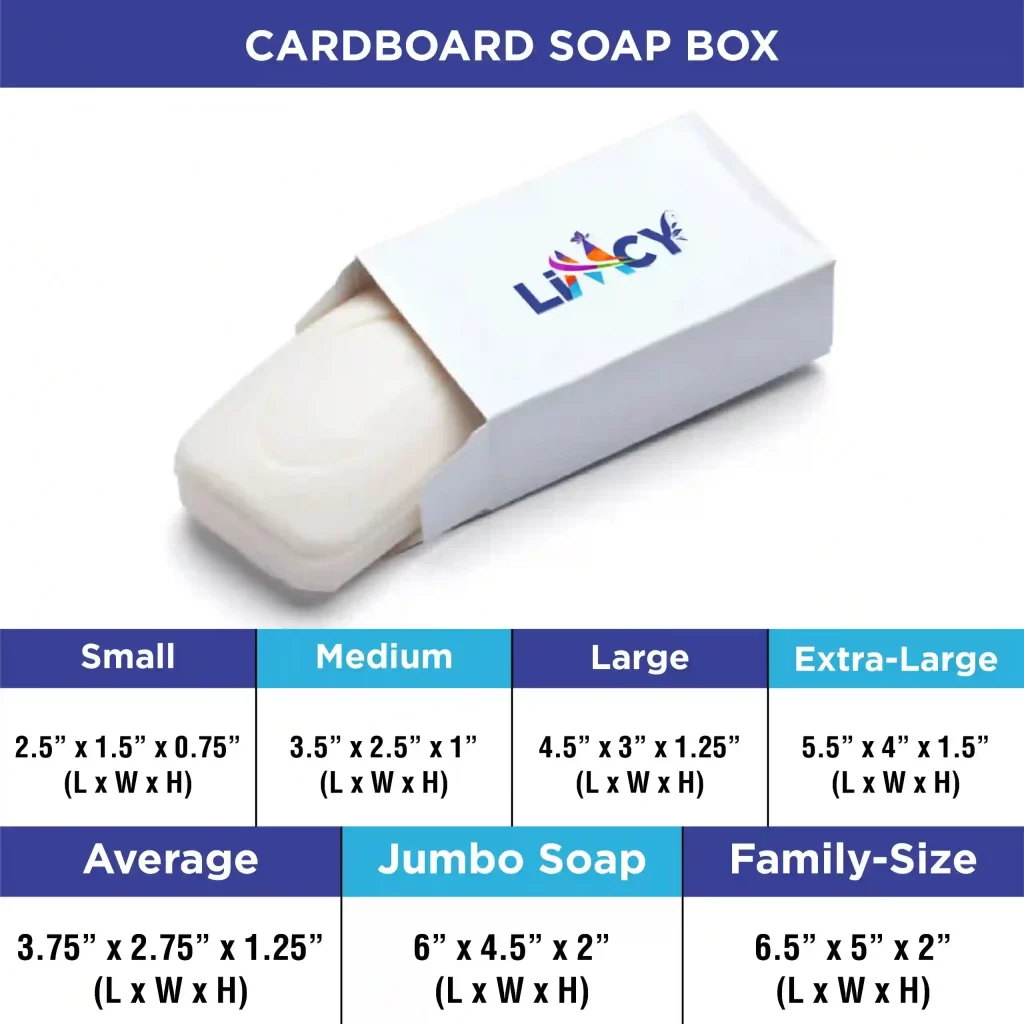
Cardboard boxes strike a balance between strength and elegance. They’re easy to print on, offering a smooth surface for vibrant designs and detailed branding. These are ideal for modern, minimalist, or luxury-oriented brands.
Holographic Soap Boxes

Holographic boxes are all about boldness and beauty. With their reflective finish and futuristic appeal, they attract attention and communicate a sense of exclusivity. These boxes work best for premium soaps or limited-edition collections.
Die-Cut Window Soap Boxes
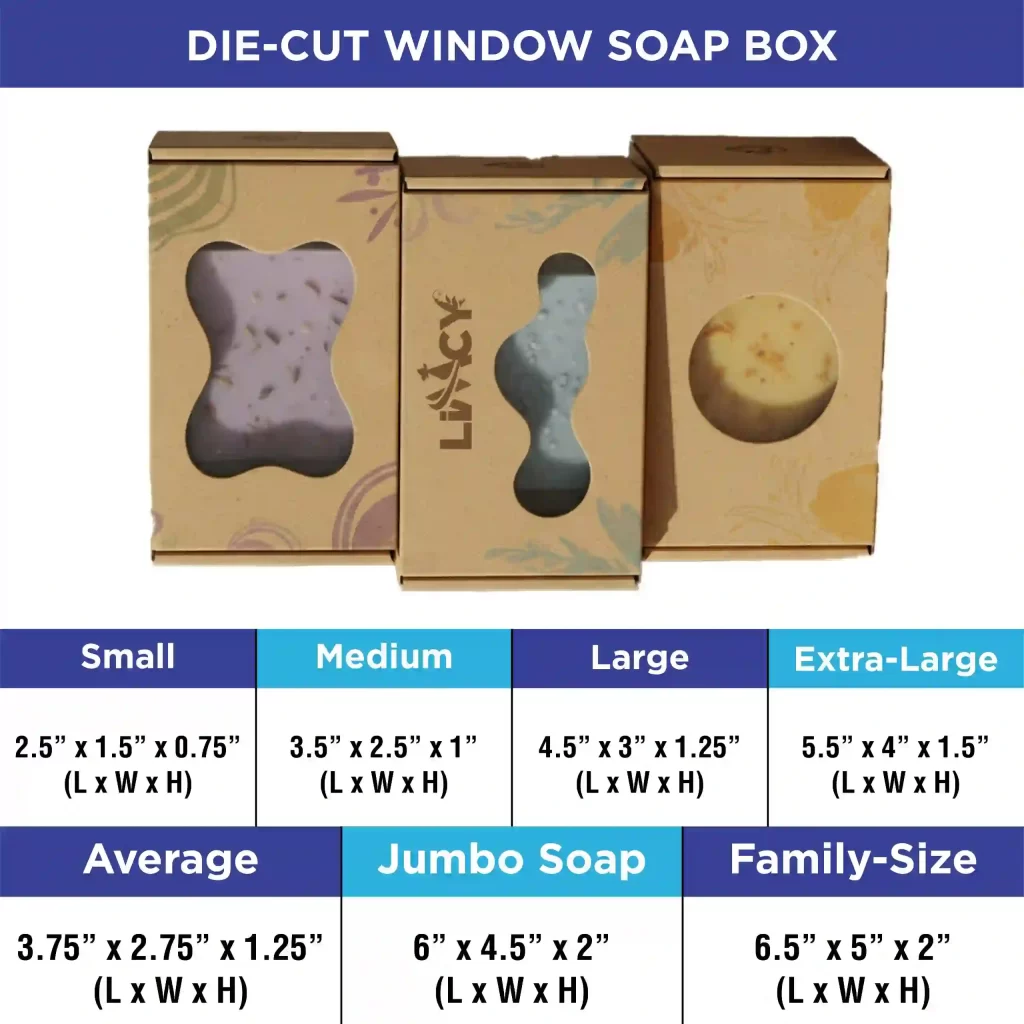
A die-cut window soap box adds transparency—literally. By allowing customers to see the actual soap, these boxes create trust and highlight the soap’s natural color, texture, and craftsmanship. They also add aesthetic variety, as brands can customize window shapes (circle, oval, leaf, heart, etc.).
Trends Impacting Soap Box Design
Sustainability as a Priority
Today’s consumers demand eco-friendly options. Brands are moving towards compostable or recyclable boxes to align with this green mindset.
Minimalist and Clean Aesthetic
Less is more. Clean lines, white backgrounds, and subtle colors now dominate modern packaging design.
Personalization
Personalized touches like names, QR codes, or thank-you notes inside the box make customers feel valued and connected to your brand.
Tactile and Sensory Features
Embossed logos, textured finishes, and soft-touch coatings create an engaging physical experience that reflects premium quality.
Smart Packaging
QR codes and NFC chips on boxes allow customers to learn more about ingredients, sustainability practices, or promotional offers—merging the digital with the physical.
Practical Tips to Design Your Soap Box
- Prioritize Branding Visibility: Place your logo and product name prominently.
- Leverage Color Psychology: Choose shades that resonate with your brand’s essence.
Prototype Before Production: Create mock-ups to ensure a perfect fit and design. - Opt for Eco-Friendly Printing: Use water-based inks and minimal chemicals.
- Make It Functional: Easy-to-open designs enhance user satisfaction.
- Stay Compliant: Include necessary details like weight, ingredients, and barcode.
Case Study – Comparing Popular Soap Box Styles
Holographic Soap Box
Perfect for modern brands targeting a youthful or luxury audience. The iridescent surface instantly attracts attention and enhances shelf presence.
Kraft Paper Soap Box
A natural favorite among organic and handmade soap makers. It embodies simplicity, sustainability, and authenticity.
Cardboard Soap Box
The versatile choice for both commercial and boutique brands. It combines strength, design flexibility, and affordability, making it suitable for most market segments.
Die-Cut Window Soap Box
An excellent way to showcase your product visually while maintaining an eco-friendly appeal. It balances transparency with elegance and enhances brand trust.
Conclusion
A well-designed soap box is more than packaging — it’s a brand ambassador. The right blend of design, materials, and creativity can elevate your brand, attract customers, and communicate your values. Whether you prefer a kraft, cardboard, holographic, or die-cut window style, the key lies in combining sustainability, aesthetics, and functionality. In today’s eco-conscious market, packaging isn’t just about presentation — it’s about purpose.
Ready to order custom soap box? Start your order
FAQs
Q1. Why is soap box design important for modern brands?
Ans. It influences buying decisions, communicates brand identity, and enhances shelf appeal while protecting the product.
Q2. What materials are best for eco-friendly soap packaging?
Ans. Kraft paper, recycled cardboard, and biodegradable window films are top choices for sustainable brands.
Q3. How can soap boxes stand out on crowded shelves?
Ans. By using creative shapes, holographic finishes, embossing, and storytelling elements that connect emotionally with consumers.
Q4. What trends are shaping soap box packaging today?
Ans. Sustainability, minimalism, personalization, tactile textures, and smart packaging technologies.
Q5. How do I ensure my soap packaging complies with regulations?
Ans. Include legally required details such as ingredients, weight, and certifications, and follow local labeling guidelines.

